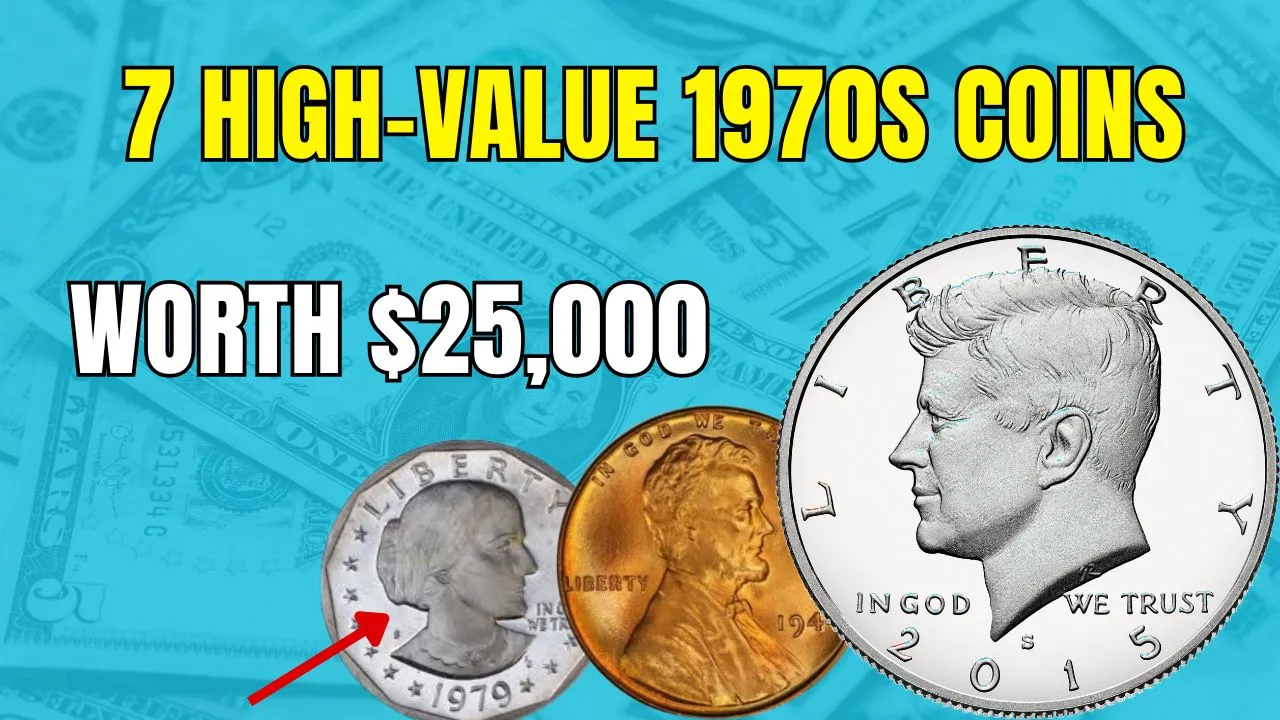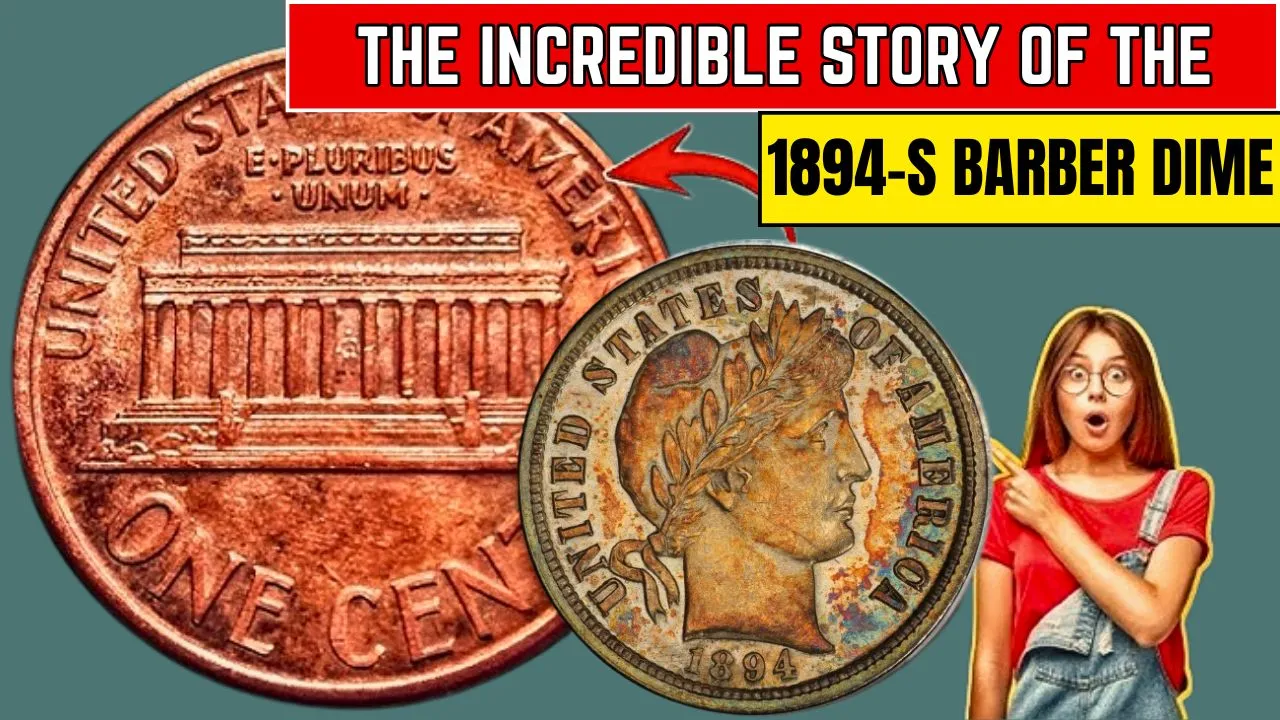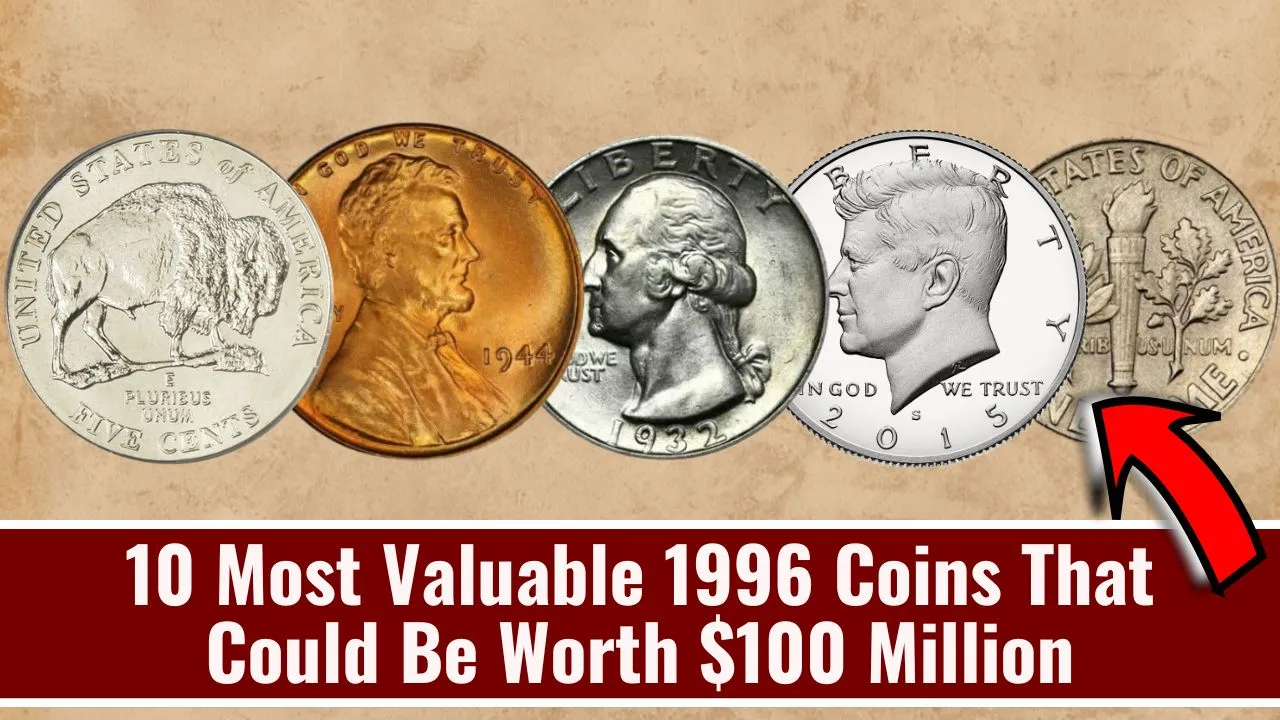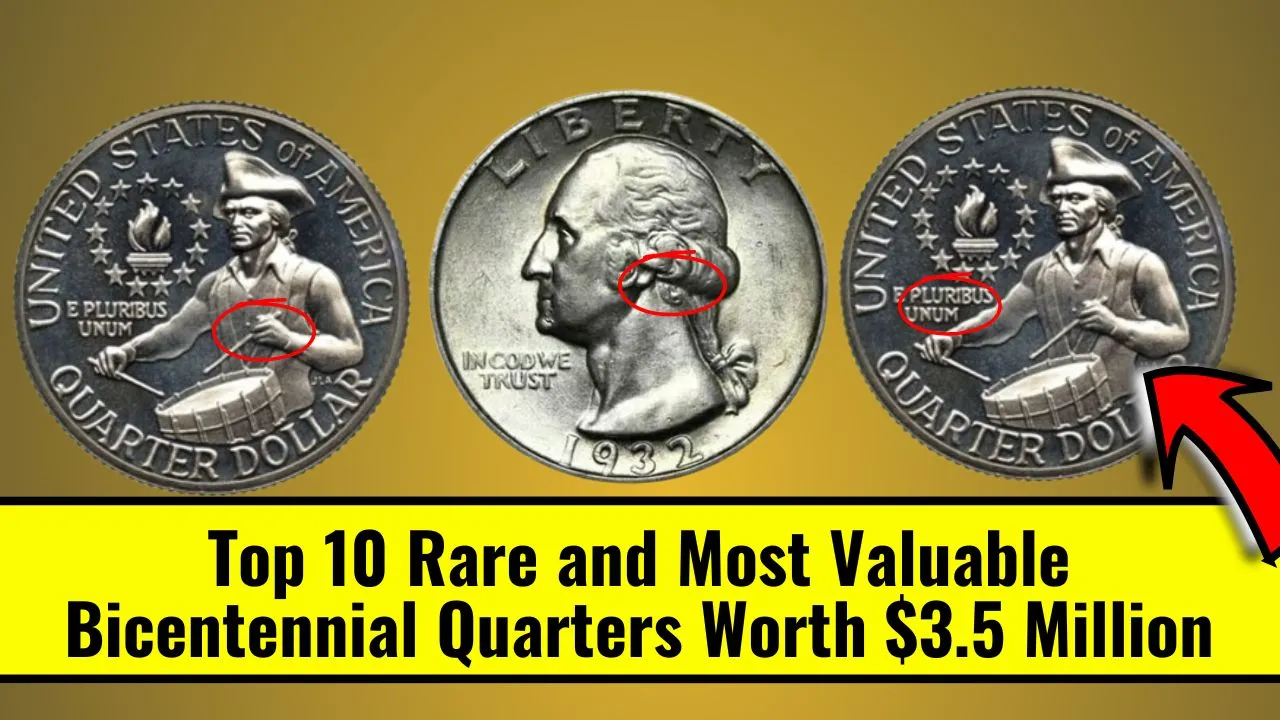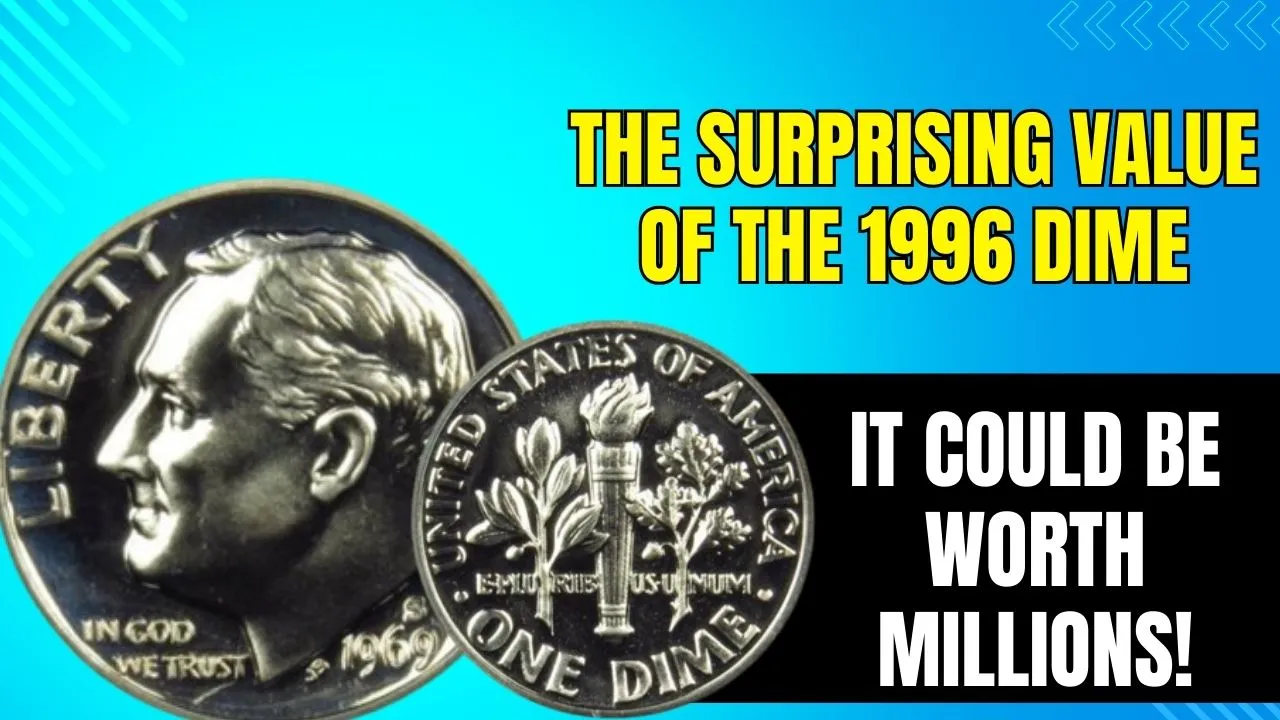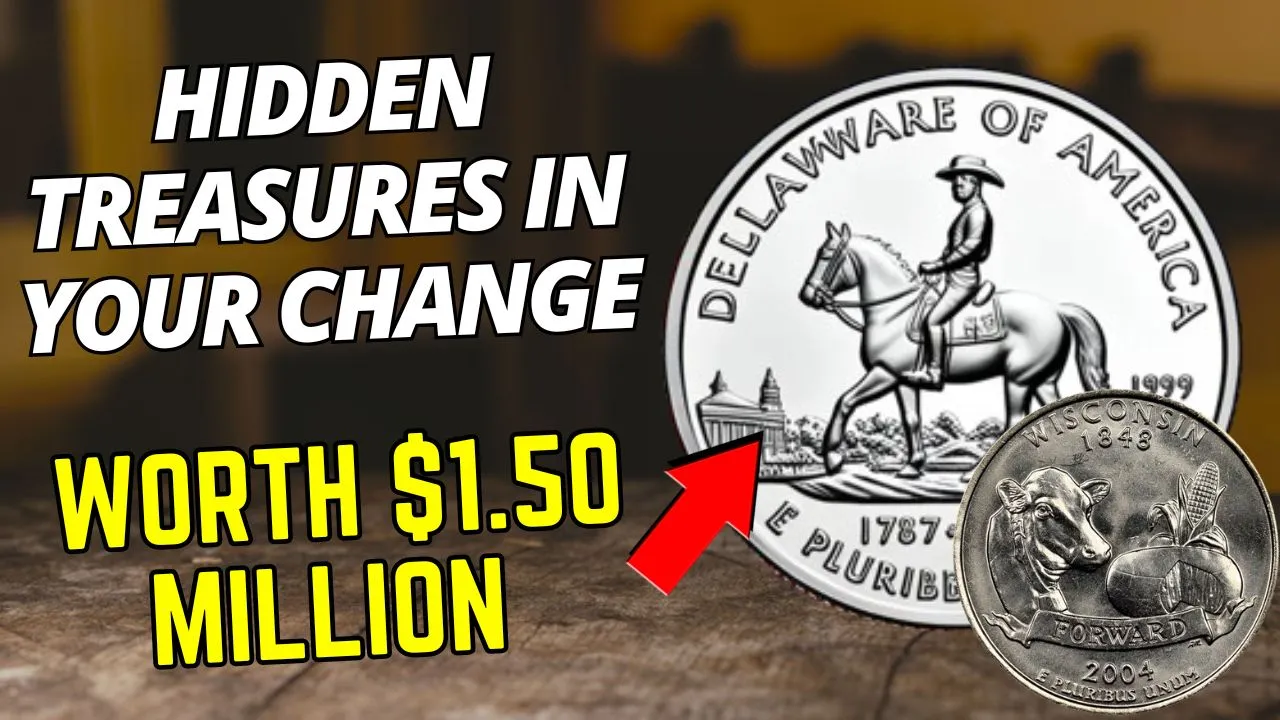7 High-Value 1970s Coins: The 1970s coins may seem like ordinary pieces of pocket change, but some of these decades-old coins have turned out to be treasures in disguise. During a time of cultural revolutions, disco fever, and social change, the U.S. Mint was quietly producing coins that, due to unique errors or experimental designs, became highly valuable collector’s items. Today, a few rare specimens from this era can fetch astonishing sums, some exceeding $25,000.
This article explores seven of the most coveted coins from the 1970s. Each one has a story, from minting mishaps to fascinating design quirks, making them highly sought after by numismatists worldwide. Could one of these rare coins be hiding in your collection?
Overview of Valuable 1970s Coins
| Coin Name | Unique Feature | Estimated Value |
| 1970-S Lincoln Cent | Doubled die obverse | $24,000+ |
| 1971-S Lincoln Cent | Doubled die obverse | $10,000+ |
| 1974-S Aluminum Lincoln Cent | Experimental aluminum composition | $15,000+ |
| 1976 Bicentennial Quarter (Silver Proof) | Silver proof with deep cameo contrast | $15,000+ |
| 1970-S Proof Half Dollar (No S Mint Mark) | Missing “S” mint mark | $15,000–$30,000+ |
| 1975 Roosevelt Dime on Penny Planchet | Struck on a penny blank | $15,000+ |
| 1979-S Susan B. Anthony Dollar (Type II) | Sharper, clearer “S” mint mark | $15,000+ |
1. 1970-S Lincoln Cent: Doubled Die Obverse
The 1970-S Lincoln Cent is an iconic coin that tops the list of valuable 1970s coins. Its appeal lies in its striking minting error—a doubled die obverse. This means elements like the word “LIBERTY” and the date appear duplicated, creating a fascinating visual effect.
This error occurred during the minting process when the die struck the coin multiple times at slightly different angles. Collectors prize this coin for its rarity and distinct appearance. In pristine condition, the 1970-S Lincoln Cent has fetched over $24,000 at auctions, making it a star find for numismatists.
2. 1971-S Lincoln Cent: A Rarer Doubled Die Obverse
If you thought the 1970-S Lincoln Cent was rare, the 1971-S Lincoln Cent takes scarcity to another level. This coin features a similar doubled die obverse, with doubling most visible on the date and inscriptions. However, fewer examples of this coin exist, making it an even bigger catch for collectors.
Because of its rarity, prices for well-preserved examples often exceed $10,000. As awareness of this coin grows among collectors, its value continues to rise.
3. 1974-S Lincoln Cent: Experimental Aluminum Design
During the early 1970s, rising metal costs led the U.S. Mint to experiment with alternative materials. One of these trials produced the 1974-S Lincoln Cent made from aluminum, a lightweight and cost-effective substitute for the traditional copper composition.
However, most of these experimental coins were destroyed, leaving only a few in existence. This extreme rarity has made the aluminum Lincoln Cent a prized item, often selling for $15,000 or more. If a flawless specimen were ever found, its value could soar even higher.
4. 1976 Bicentennial Quarter: The Silver Proof Rarity
The 1976 Bicentennial Quarter was introduced to celebrate America’s 200th birthday. Its reverse design featured a colonial drummer, making it a standout piece in U.S. coinage history. While most were minted for circulation, a select number were struck as silver proofs for collectors.
These silver proof quarters are especially valuable when they feature a “deep cameo” contrast—a frosted design against a mirror-like background. Such coins are highly sought after, with prices exceeding $15,000 depending on their condition and clarity.
5. 1970-S Proof Half Dollar: The “No S” Mint Mark
Mint marks are a standard feature on proof coins, indicating where they were struck. The 1970-S Proof Half Dollar, however, stands out for lacking the “S” mint mark, a rare error that occurred during its production.
Known as the “No S” Proof Half Dollar, this coin is a true rarity, with fewer than 50 known examples. These coins have been sold for upwards of $15,000, with exceptionally well-preserved specimens fetching over $30,000 at auctions.
6. 1975 Roosevelt Dime: Struck on a Penny Planchet
The 1975 Roosevelt Dime struck on a penny planchet is a striking example of a minting error that transformed a simple coin into a collector’s dream. This occurred when a blank penny planchet accidentally entered the dime press, resulting in a coin with the design of a dime but the size and composition of a penny.
Because of its dramatic error and extreme rarity, this coin can easily command over $15,000 at auction, particularly in high-grade condition.
7. 1979-S Susan B. Anthony Dollar: Type II Proof
The 1979-S Susan B. Anthony Dollar marked a significant moment in U.S. coinage history, introducing a new dollar design. Among the various versions of this coin, the Type II Proof is especially rare and valuable. This version features a sharper, more refined “S” mint mark, a change made late in the production process.
Collectors prize these coins for their rarity and fine details. A high-grade example of the Type II Proof can sell for $15,000 or more, particularly if it exhibits strong cameo contrast.
FAQs About 1970s Coins
1. What makes 1970s coins valuable?
Rare minting errors, limited production, and unique compositions make certain 1970s coins highly valuable.
2. How can I identify a rare 1970s coin?
Look for features like doubled designs, missing mint marks, or unusual materials. Professional appraisal can confirm authenticity and value.
3. Are all coins from the 1970s valuable?
No, most are worth only face value, but specific coins with errors or unique features can fetch thousands.
4. Where can I sell valuable coins?
Auctions, reputable coin dealers, and online marketplaces are popular options for selling valuable coins.
5. How should I store my coins?
Protective holders or cases are ideal for preventing damage. Store them in a cool, dry place away from sunlight.
Conclusion: Hidden Treasures in Your Change
The 1970s coins are more than just remnants of a bygone era; they’re fascinating pieces of history with incredible monetary value. From minting errors to experimental designs, these coins offer collectors a glimpse into the artistry and occasional quirks of U.S. coinage.
If you’ve enjoyed learning about these treasures, share this guide with fellow enthusiasts or dive into your own collection. Who knows—you might just find a $25,000 gem hiding in plain sight!

